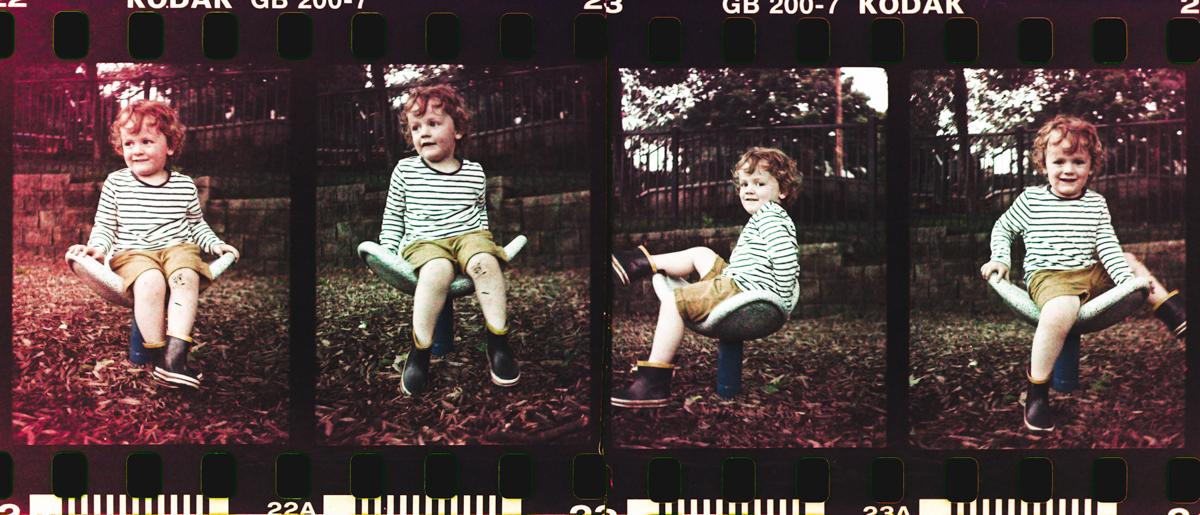Yes, I’m aware that photographers use posing as a tool to make their subjects look their best, and while that can be valid approach, it ends up making every photograph and everyone look the same, and the standards social media sets are only making it worse.
As a storyteller, a visual storyteller, but a storyteller nevertheless, I find myself wary of these tools because I want to tell unique stories, express unique characters, and that requires more than a cookie-cutter approach to flattering poses.
Let me use a few sentences here to zoom in on the flattery aspect of posing. It may feel good, but flattery is not the truth, it’s base salesmanship: “let me tell you how wonderful you are so you’ll listen to me and give me all your money”. Truth be told, I’d probably make more money if I did that, but I want to stay true to my art, and while a genuine compliment goes a long way, flattery is the cheapest tool, and if you’re still reading, you’re probably above that.
Now that’s out of the way, I’ll get back to my point: posing is stiff, it’s uncomfortable, it gets in the way. When I was doing seasonal gigs for a major portrait studio I was taught how to reduce double chins and whatnots, and let me tell you, while it is effective, you end up with a subject that’s sitting in an unnatural position, hyper-focused on their so-called “problem features” instead of relaxing, leaning into the session, and connecting with the photographer.
So to finish the sentence of my one and only tip for people-based photography: Stop posing, and start directing.




